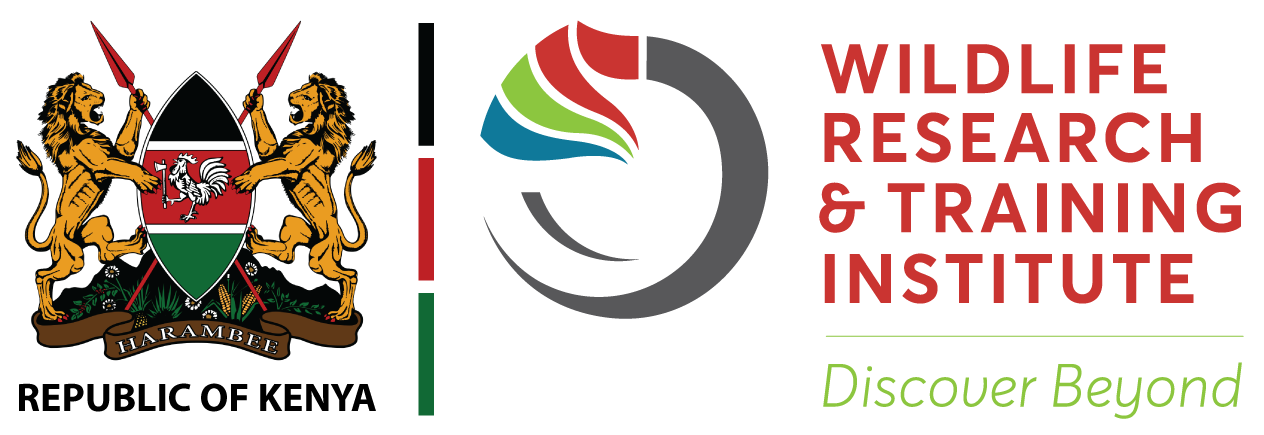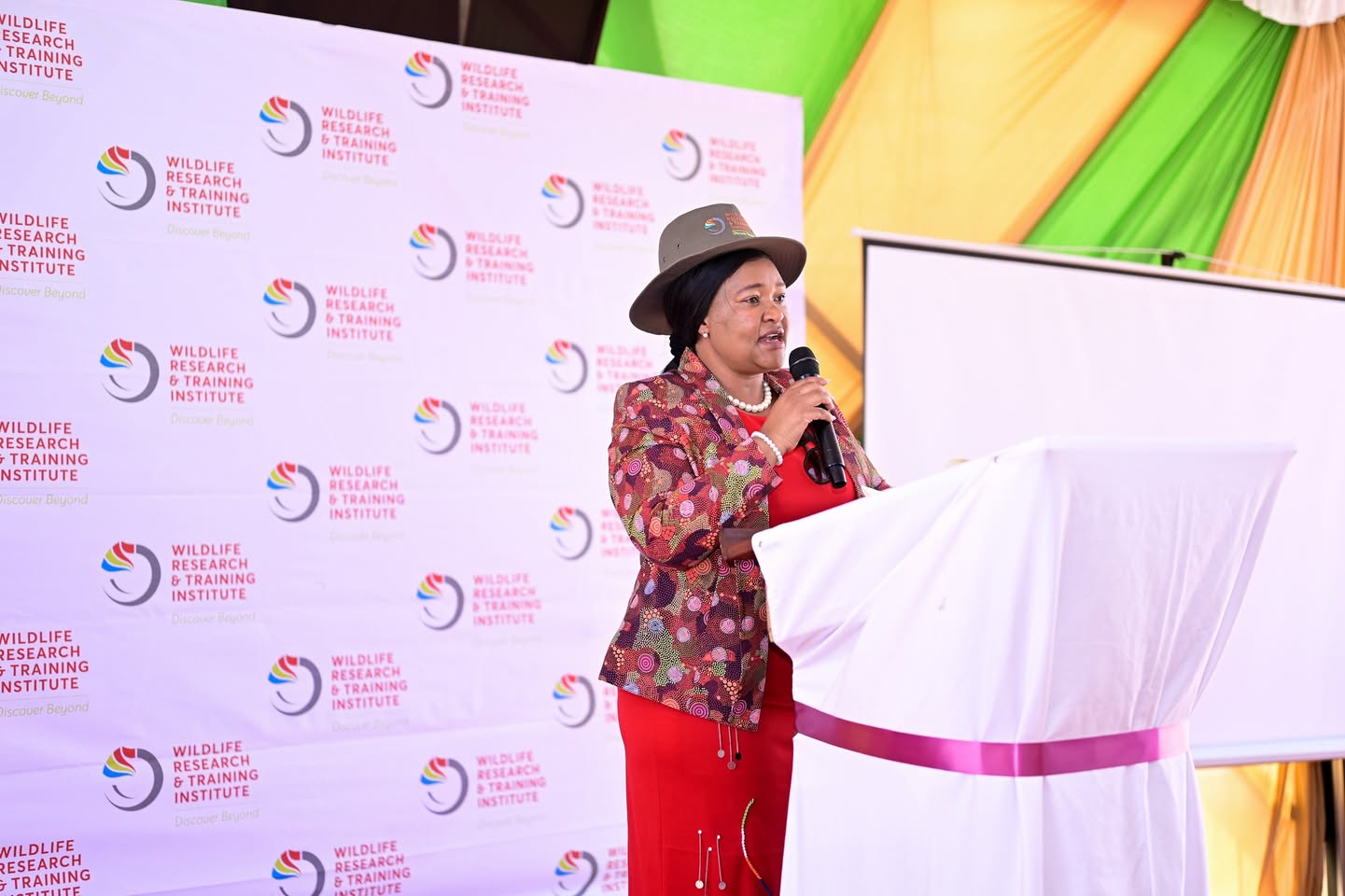By Koech Gilbert
Following the refurbishment of a modern research centre, major challenges facing wildlife within the Mara ecosystem will be addressed.
Located in Narok County, South Western Kenya, Mara ecosystem is part of the greater Mara Serengeti Ecosystem.
It comprises the Maasai Mara National Reserve (1,510 Km2), Community Conservancies and wildlife dispersal areas.
Wildlife within the Mara ecosystem is in abundance.
For instance, in 2014, there were 1,584 elephants, 2,493 in 2017 and 2,595 in 2021.
There were 7,542 buffaloes in 2014, 9,466 in 2017 and 11,604 in 2021.
Giraffes were 935 in 2014, 2,607 in 2017 and 2,109 in 2021.
There were 50,961 wildebeest in 2014 and 37,281 in 2021.
The ecosystem has over 95 herbivore species and a herbivore density of 240 per square kilometer.
Despite the abundance of wildlife, the ecosystem is faced with a myriad of challenges that can be addressed through the refurbished Maasai Mara Research Centre.
Within the Mara ecosystem, there are conservation connectivity threats.
Blocking of wildlife corridors/ dispersal areas through the erection of individual land parcel fences within wildlife corridors and dispersal areas remains a major challenge.
Fences have resulted in habitat fragmentation, blockage of movement routes, escalation of human wildlife conflicts.
Other challenges include farming along the streams and riparian zones, land use and tenure change from pastoral to crop farming and demarcation to individual small, infrastructure development.
Killing of wildlife through retaliatory killings and bushmeat through poisoning using farm herbicides to deter wildlife from individual land and spearing are also some of the challenges.
Authorities however believe that the refurbished Maasai Mara Research Centre will help resolve some of the challenges facing the ecosystem.
The refurbishment of the centre included the renovation and rehabilitation of key infrastructure, such as the replacement of asbestos roofing on the office and laboratory block.
Access road has been repaired with the support of the Narok County Government.
Wildlife Research and Training Institute Director Dr Patrick Omondi said their vision is to transform this facility into a Centre of Excellence in research and training for the greater Maasai Mara ecosystem, with a key focus on transboundary research issues.
“We will work with stakeholders to identify pressing research gaps that need to be addressed to inform mitigation of current and emerging conservation challenges in the ecosystem,” Omondi said.
The Centre will also be crucial in addressing issues such as integrated cross-border wildlife censuses, cross-border information sharing through conferences and symposium, wildlife monitoring and sharing data on movement -through collaring of elephants, lions, wildebeest among other migratory species between Serengeti and Maasai Mara and Mara River basin information and data sharing – water levels and quality.
Omondi said the centre will serve as a central hub for harmonized wildlife data and a repository for critical information.
This, he said, will facilitate timely access to essential data, enabling evidence-based decision-making and policy formulation for sustainable biodiversity conservation at both the ecosystem and national levels.
“The data repository will be integrated with the National Wildlife Database, which is set to be completed by June this year,” Omondi said.
To facilitate collation of data from partners to be included in the ecosystem and the national databases, WRTI and partners through a participatory approach have already developed guidelines for data and information access and sharing for the wildlife sector.
Tourism and Wildlife CS Rebecca Miano said Masai Mara is one of national jewels; an internationally renowned touristic site offering amazing and diverse wilderness experiences.
“Wildlife research and training are important aspects in guaranteeing the sustainability of this precious resource. Research provides reliable scientific data and information on historical, current and emerging wildlife conservation and management challenges ensuring the sustainable conservation and management of wildlife and their habitats,” Miano said.
Miano said training builds on this information to develop relevant training programs that are responsive to the needs of the conservation sector and develop a skilled workforce.
The Maasai Mara Research Centre was established in 1974 under the then Wildlife Conservation Department.
The primary objective for its establishment was to undertake research in Malignant Catarrhal Fever (MCF) disease.
A vaccine was made by Moredum Research Institute in the UK.
The International Livestock Research Institute used the vaccine for experimental field trials and the efficacy was good.
However, scaling up the vaccine for commercialization has been a challenge. A South African Company expressed interest in its production, but concerns were raised about the need for a subsidiary in East Africa.
The Kenya Veterinary Vaccines Production Institute showed interest but faced questions regarding cost-effective commercialization at scale.
The centre has also played a critical role in vegetation monitoring, wildlife movement and habitat use studies, and disease surveillance.
Credits:https://kensja.net/newly-refurbished-centre-in-maasai-mara-seeks-to-address-challenges-facing-the-ecosystem/

